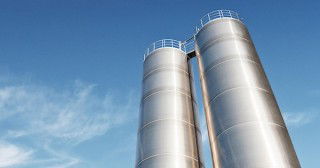The global task to ensure sustainable clinker and cement production has increased the complexity of plant operations. New process control technologies, including online reactivity measurements, contribute to the production of robust clinker and cement with minimum GHG emissions. Neural networks and AI are the first choice when managing large arrays of process and quality data. A new approach is essential to overcome time gaps from process control to systematically delayed compressive strength data. By Mario Marton and Michael Enders, thyssenkrupp Industrial Solutions, Germany.
Climate change has become the major driver in terms of technology for clinker and cement production. Reducing the clinker content in Portland cement and the application of alternative fuels (AFs) are key to improving the ecology and economics of cement production.1 The clinker content in cement has steadily decreased through substitution with natural and synthetic composite materials. Meanwhile, fossil fuels such as coal, oil and gas are being replaced by AFs from waste, sewage sludge or renewable combustibles.1, 2
Today, clinker reduction and AFs have passed the evolutionary phase, and further improvements are limited by the availability of quality composite materials and AFs. New technologies such as carbon stripping (separate limestone calcination, oxyfuel, CO2 removal from flue gases) and clay calcination are attracting increasing attention to reach demanding emission targets in cement production.
